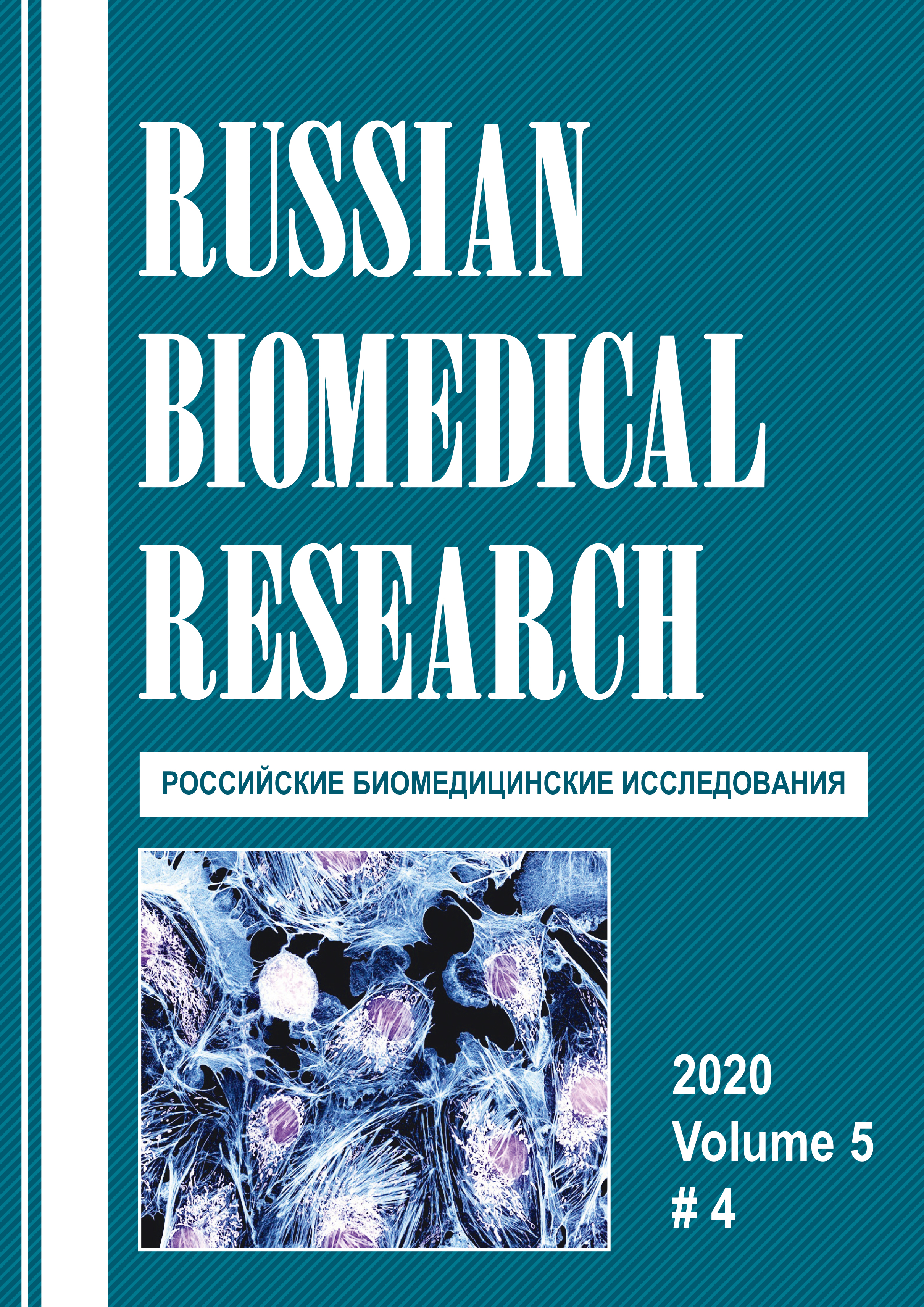CELL THERAPY FOR ISCHEMIC AND NON-ISCHEMIC DISEASES IN ANIMAL MODELS
Abstract
To date, classical approaches to the treatment of many diseases of ischemic and non ischemic genesis are successfully complemented by stem cell transplantation, in particular mesenchymal stem cells. The use of cell products based on cultured cells carries a potential risk of microbiological and virological contamination, as well as genetic instability and mutations. A cell product based on a mononuclear fraction of the bone marrow, as a product subjected to minimal manipulations, has no less potential for clinical use with an optimal protocol for its use. The aim of experimental study was to highlight some top issues of cell therapy for ischemic and non ischemic diseases. It has been established that transplantation of the mononuclear fraction of allogeneic and autogenous bone marrow has a therapeutic effect in experimental models of critical lower limb ischemia, brain ischemia, and dilated cardiomyopathy. The administration of bone marrow mononuclear fractions to laboratory animals led to the following results: an increase in the area of the microvasculature in the ischemic extremities of rats; recovery of behavioral reactions in rats undergoing cerebral ischemia; restoration of myocardial morphology, systolic function of the left ventricle, ejection fraction, elimination of signs of blood stasis in the systemic and pulmonary circulation of rats and rabbits with dilated cardiomyopathy. It should be noted that the degree of effectiveness of cell therapy depended on the state of target tissues, methods for delivering cells to diseased organ, and also the number of cells in a cell product. Thus, a minimally manipulated cell product, which is the mononuclear fraction of the bone marrow, can be effective in treating the diseases presented in our study by experimental models.



